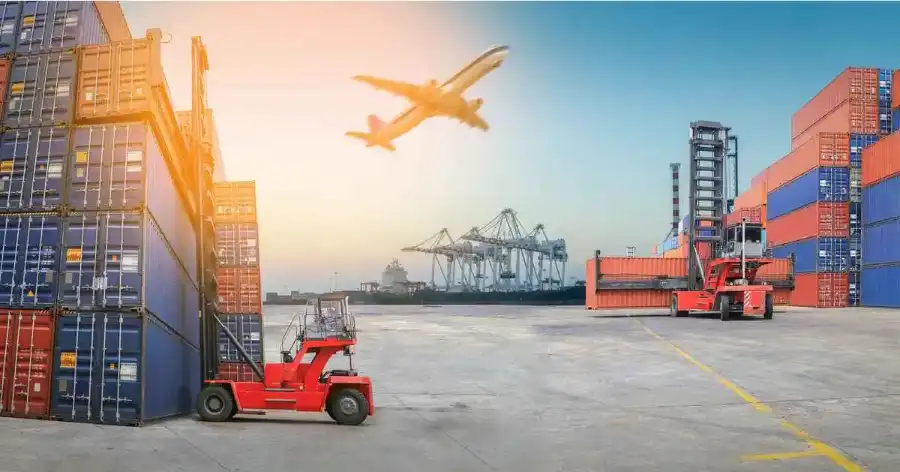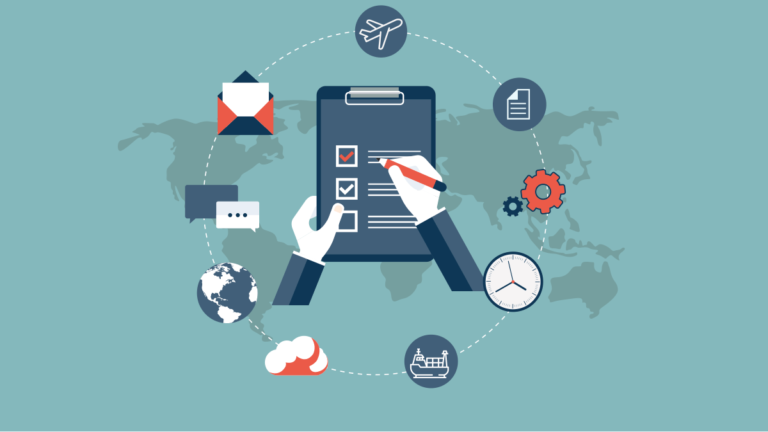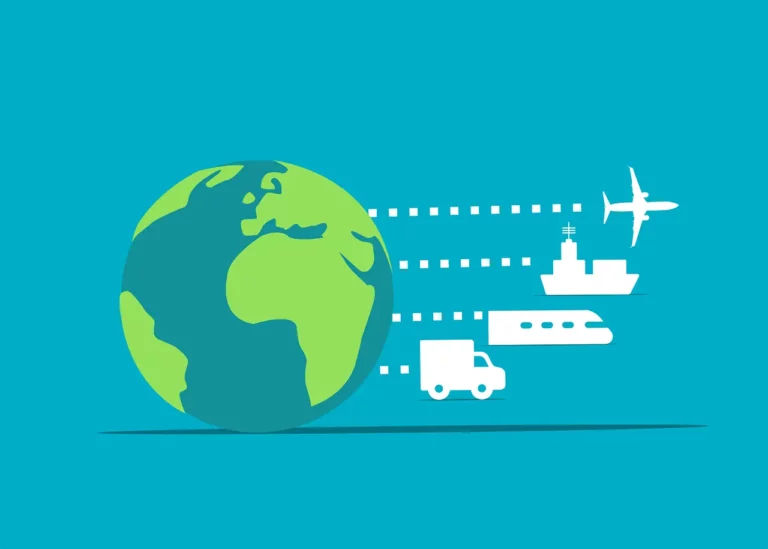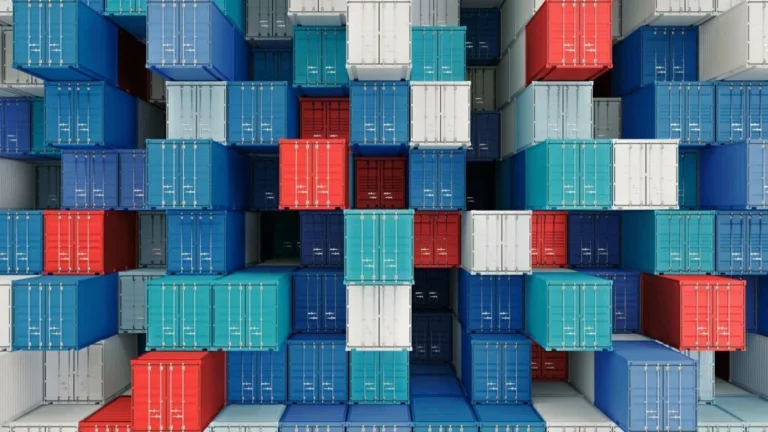Automation for freight forwarding? 5 Things you should consider!
According to a McKinsey report, 31% of businesses have fully automated at least one function. From food to air travel, automation has permeated almost every industry. However, the shipping industry lags significantly in embracing automation, especially in freight forwarding—a critical aspect of shipping. Fortunately, companies are beginning to digitize freight forwarding processes to streamline operations and improve efficiency.
Why Automation in Freight Forwarding is a Game-Changer
Automation in freight forwarding revolutionizes logistics by addressing inefficiencies, reducing costs, and improving overall supply chain performance. Here are three key benefits:
1. Securing Optimal Freight Rates Through Automated Negotiations
Traditionally, negotiating freight rates is a time-intensive process requiring multiple rounds of back-and-forth with carriers. Automation simplifies this by leveraging AI and data analytics to identify the best rates based on current market trends, historical data, and carrier performance.
- Efficiency: Automated systems can evaluate multiple carrier options simultaneously, securing competitive rates within minutes.
- Cost Savings: By reducing manual negotiation times and identifying hidden savings opportunities, businesses can save up to 10–15% on freight costs, according to industry reports.
- Market Responsiveness: Automated tools adapt to market fluctuations, ensuring businesses always secure the best rates, even during peak seasons.
2. Real-Time Container Tracking and Enhanced Visibility
Visibility is a cornerstone of effective supply chain management. Automated freight forwarding systems provide end-to-end visibility by offering real-time updates on container movements, empowering businesses to anticipate and address potential disruptions.
- Transparency: Automated systems integrate with IoT devices, GPS trackers, and carrier systems to offer real-time location updates.
- Customer Satisfaction: With automated notifications for key milestones, customers stay informed, enhancing trust and loyalty.
- Proactive Decision-Making: Advanced analytics identify bottlenecks early, allowing businesses to reroute shipments or adjust schedules to avoid delays.
3. Freight Consolidation and Seamless Collaboration Among Stakeholders
Automation facilitates effective coordination among the many players involved in freight forwarding, such as suppliers, transporters, customs brokers, and shipping lines. It also optimizes freight consolidation, allowing businesses to maximize container usage and reduce transportation costs.
- Streamlined Workflows: Automated platforms centralize communication, ensuring all stakeholders are on the same page.
- Freight Optimization: By analyzing shipment volumes, automation helps identify opportunities for consolidation, reducing empty container moves and lowering costs.
- Reduced Errors: Automation minimizes the risk of miscommunication, duplicate efforts, and compliance violations, all of which are common in manual workflows.
Why It Matters
In an industry where delays, inefficiencies, and rising costs can derail operations, automation offers a transformative solution. By streamlining processes, increasing transparency, and fostering collaboration, automated freight forwarding allows businesses to operate with greater speed, accuracy, and resilience in an ever-evolving logistics landscape.
What to Consider When Adopting Automated Freight Forwarding
When selecting an automated freight forwarding solution, evaluating its functionality and impact is crucial. Here are five key factors to consider, supported by industry data:
1. Integration Capabilities
The software should integrate seamlessly with existing systems like ERP, TMS, or WMS to ensure smooth data flow and reduce redundancies. A well-integrated system minimizes manual intervention and prevents data silos.
According to a study by Accenture, companies with fully integrated supply chain systems report up to 25% improved operational efficiency compared to those with disconnected systems.
2. Stakeholder Collaboration
Freight forwarding involves coordination with multiple stakeholders, including suppliers, transporters, customs officials, and shipping lines. Gartner research indicates that 54% of supply chain disruptions result from poor collaboration or communication across stakeholders.
The automation platform should facilitate transparent communication and streamline workflows among all parties.
3. Scalability
As your business grows, the solution must scale to accommodate higher shipment volumes, additional trade lanes, and changing operational requirements. Scalability ensures the system remains effective even during peak periods.
McKinsey reports that companies with scalable logistics solutions experience up to 15% lower costs during seasonal surges compared to those with rigid systems.
4. Data Security and Compliance
Automated freight forwarding solutions handle sensitive data, such as shipment details, financial information, and trade documents. The platform must prioritize robust data security measures and compliance with international regulations.
A report by IBM highlights that logistics companies face an average data breach cost of $3.86 million, emphasizing the need for secure systems.
5. Actionable Insights and Analytics
Beyond efficiency, automation should provide real-time tracking, performance analytics, and predictive insights. This empowers businesses to make informed decisions, address potential disruptions proactively, and optimize logistics operations.
Deloitte research shows that companies leveraging predictive analytics in supply chain operations achieve 20–30% faster delivery times and a 10–15% reduction in operating costs.
Why Businesses Trust GoComet for Freight Automation
While there are many solutions available, GoComet has emerged as a trusted partner for companies looking to modernize their logistics. By combining AI-driven tools with user-friendly platforms, GoComet helps businesses overcome the challenges of traditional freight forwarding.
How GoComet Stands Out
Optimized Freight Rates: GoComet’s platform leverages advanced algorithms to negotiate competitive rates, saving businesses time and money.
Comprehensive Visibility: Real-time tracking ensures businesses are always aware of shipment statuses and milestones.
Seamless Collaboration: GoComet centralizes communication, enabling smooth interactions between suppliers, transporters, and customs officials.
Data-Driven Insights: Performance analytics dashboards empower businesses to make informed decisions and improve logistics strategies.
Scalability and Customization: Whether you’re a small business or a large enterprise, GoComet’s solutions scale to meet your needs.
Automation in freight forwarding is no longer a futuristic concept—it’s a necessary step for businesses aiming to stay competitive in the fast-evolving logistics landscape. By adopting automated solutions, companies can streamline operations, reduce costs, and enhance overall efficiency.
If you’re ready to take your freight forwarding processes to the next level, explore how GoComet can help. With cutting-edge technology and proven expertise, GoComet enables businesses to achieve double-digit cost savings while eliminating inefficiencies. Book a demo today to experience the transformation firsthand.






